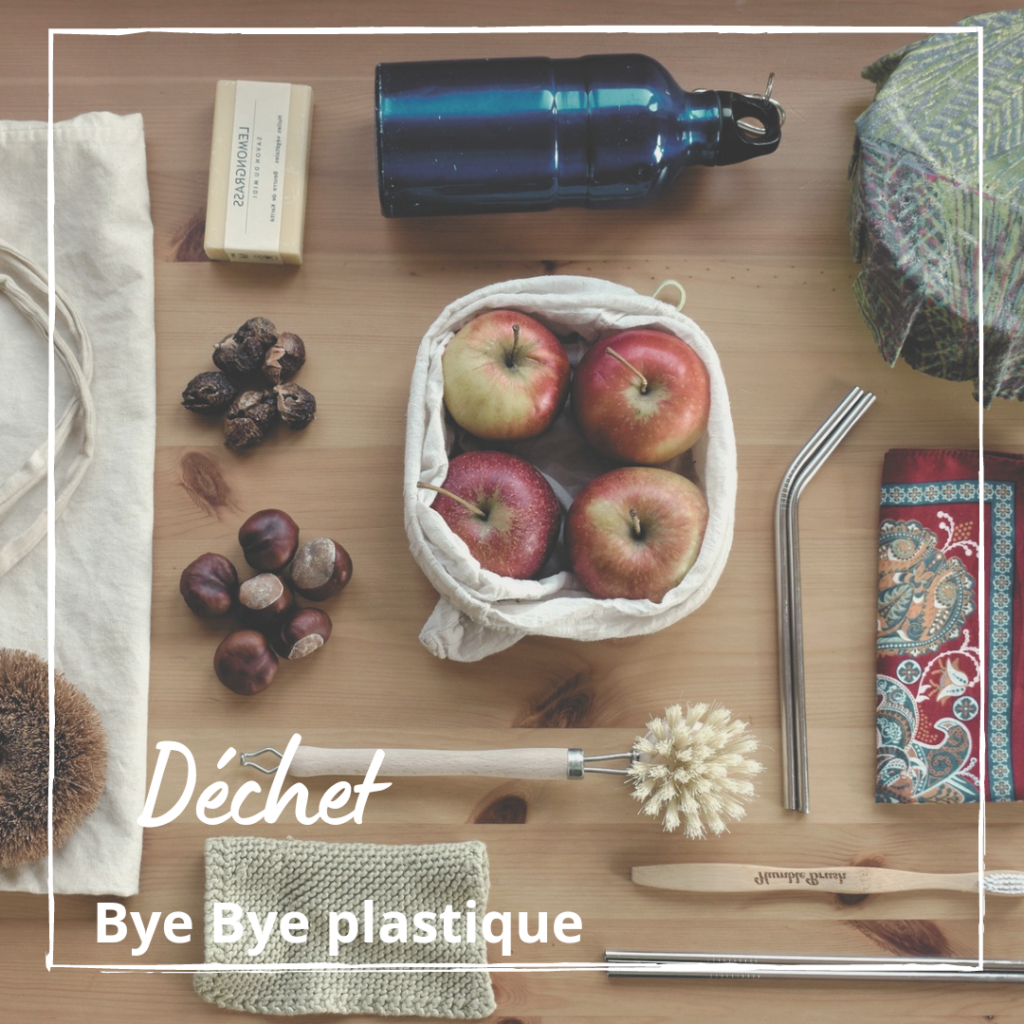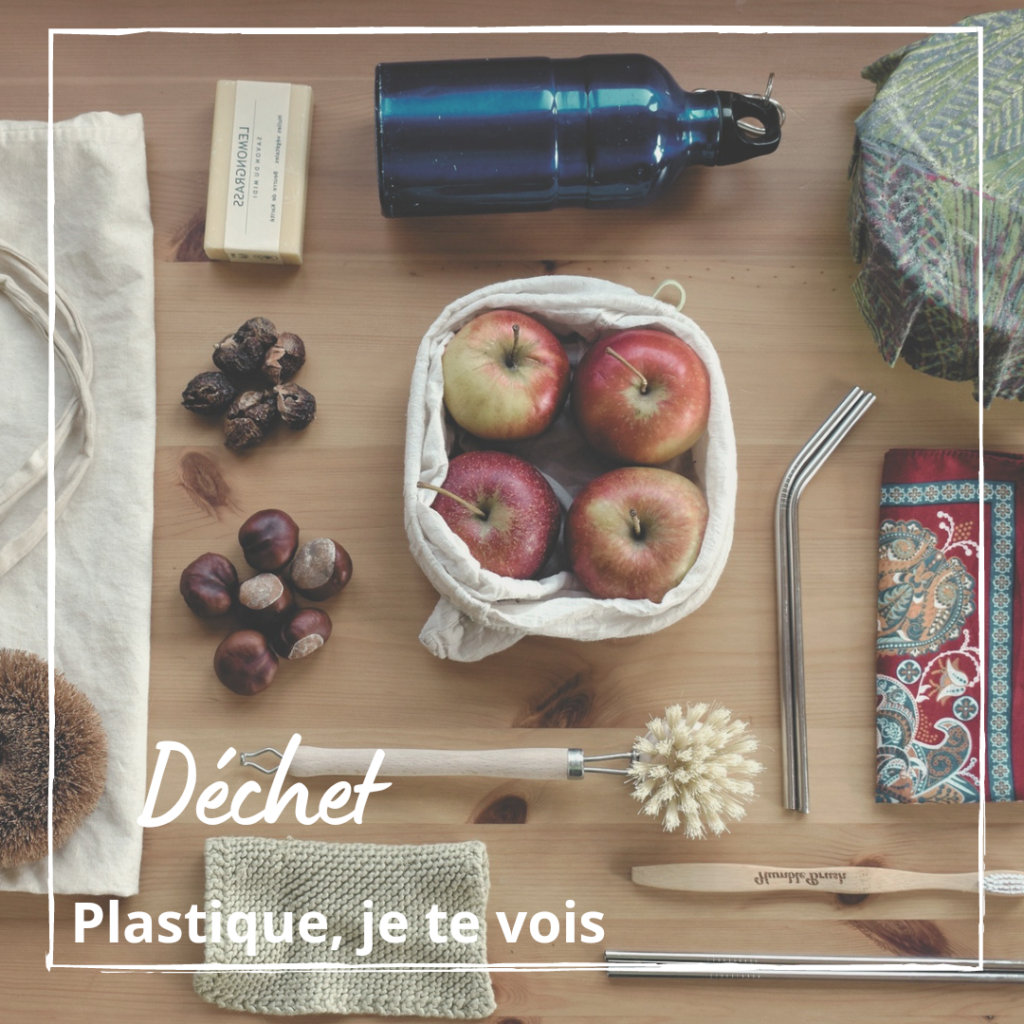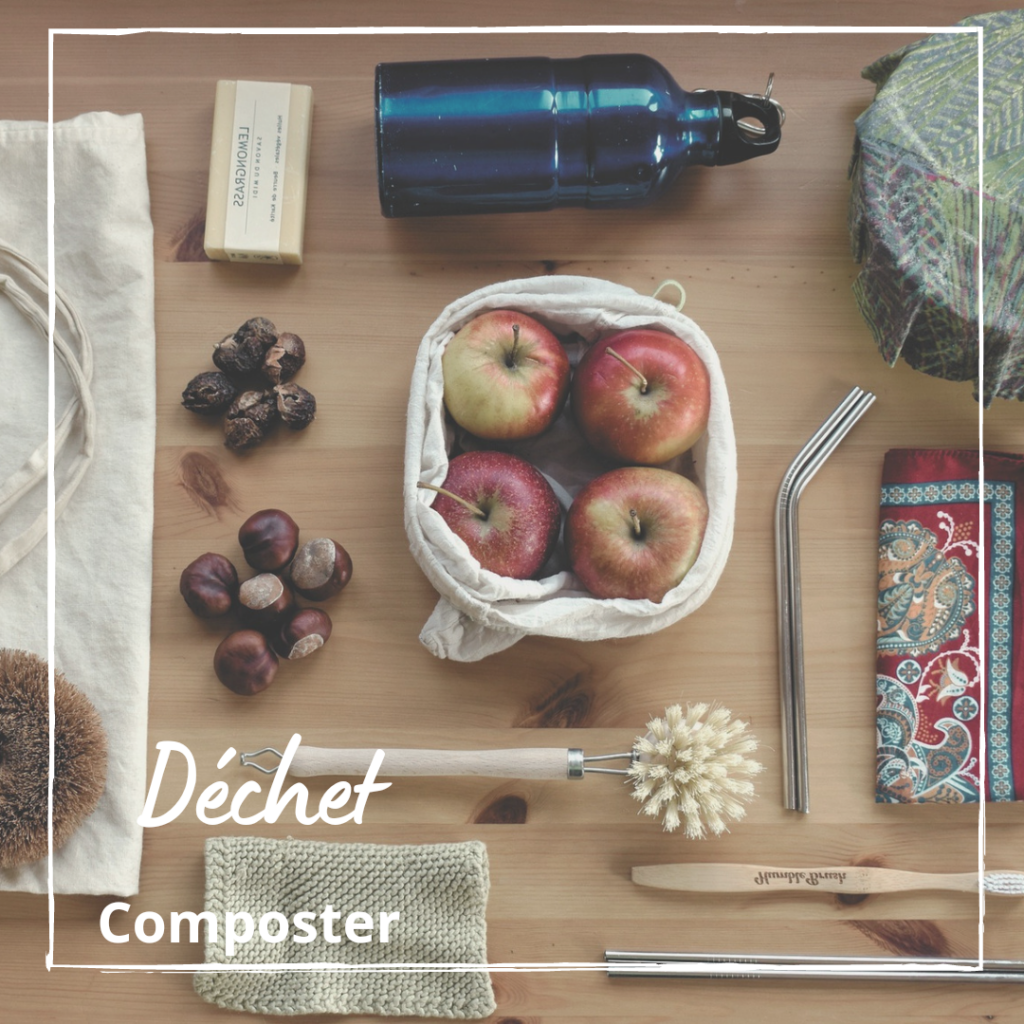
Waste
The best waste is the one that we do not produce!
Reducing waste greatly contributes to limiting its impact on the environment.
This avoids consuming and depleting renewable and non-renewable resources. For example; packaging, single-use products or gadgets that we consume in droves often come from petroleum – non-renewable resources. Renewable resources are available in limited quantities and shortages are likely to occur in the years to come, hence the importance of reducing their waste.
In addition, we reduce greenhouse gas emissions due to waste disposal. At the local level, for example, the reduction of waste makes it possible to partially limit the use of incineration or landfill – a treatment that emits a lot of greenhouse gases.
Finally, the collection and treatment of waste represents a very heavy financial cost for communities and businesses.
Starting your Zero Waste journey !?
Zero waste significantly reduces our impact on the environment. Any product consumes energy and raw materials to be manufactured. Once used and discarded, it again requires resources to be collected, transported and processed. This approach is also a good way to switch to responsible consumption, by paying more attention to purchase, by learning about the products we buy and by choosing more sustainable products.
Below are practices to help you reduce your waste production

Bye Bye plastic
For 10 days; avoid buying everyday products wrapped in plastic (food and more).
Tips : just follow a few simple rules;
– I replace a disposable item with a reusable alternative
– Do it Yourself (DIY); I make my care and cleaning products (recipes)
– I reduce by buying products packaged in glass or paper/cardboard
– I buy in bulk
– I use my own reusable containers
The reality is harsh: 91% of plastic waste is not recycled and it takes more than four centuries for this material to begin to degrade. The majority of them still exist, even in a different form. (source: National Geographic)
Zero Waste remains an ideal because reaching zero can be difficult. The idea is simply to rethink our current lifestyles and spending habits to reduce our impact on the planet as much as possible and above all to avoid producing ever more waste.. (Zéro Waste France)
Some ideas to help your transition:
– Opt for a glass or stainless steel water bottle to drink outside
– Use paper or bamboo straws
– Se mettre aux fourneaux pour préparer yaourt, goûter et autres
– Manger moins de viandes
– Bring your own containers for bulk products, catering or drinks to take away
– Do your laundry detergent
– Acheter des savons en bar
– Remplacer le papier de cuisson par des feuilles en silicone …
Carbon Footprint
Water – in PET bottle, flat, 0.5L – in store, ready to consume 0.393 kgCO2e/litre of liquid + PET plastic – end of life incineration 4791 kgCO2e/tonne

Plastic, I see you !
For 10 days, keep your plastic waste in a box, a bag… to help you find sustainable alternatives to plastic (and not just single-use ones).
Plastic is not infinitely recyclable because its quality deteriorates with each transformation – unlike paper/cardboard and glass (in theory).
Since 2015, more than 6.9 billion tons of plastic waste have been produced. About 9% was recycled, 12% was incinerated and 79% was accumulated in landfills or in nature. (source : National Géographic)
According to the NGO Surfrider Foundation, "Each year, 8 million tons of waste end up in the ocean. Suffocation of marine mammals, suffocation of the oceans, this pollution has many harmful consequences on the environment but also for humans. We ingest micro-plastics in significant quantities every day. It is about 5 grams per week, or about twenty kilograms over a lifetime according to a WWF study.
Carbon Footprint
Plastic PET – end of life incineration 4791 kgCO2e/ton Plastic PE – end of incineration life 5712 kgCO2e/ton Plastic PP – end of incineration life 5823 kgCO2e/tonne

Composter
Trier ses déchets alimentaires putrescibles.
Il existe au moins une solution qui convienne à ton type d’habitation : le compostage en bac, le lombricompostage, un pot de fleur composteur … et si définitivement tu ne peux pas (ou tu ne veux pas); rechercher autour de toi pour un composteur collectif.
Le compostage des déchets alimentaires est un facteur clé de lutte contre le réchauffement climatique ! En compostant les 30% des déchets alimentaires dégradables de nos poubelles alors on réduit fortement notre empreinte carbone :
– En augmentant la teneur en carbone stockée dans les sols en utilisant du compost
– En limitant les transports en camions, très polluant vers les centres de traitement
– En évitant une incinération coûteuse en énergie pour des déchets composés essentiellement…d’eau !
– En évitant la production de méthane due à l’enfouissement des déchets, un gaz à effet de serre bien plus important que le CO2.
Carbon Footprint
Ordures ménagères – incinération 3160 kgCO2e/tonne de déchets Emissions évitées –
Déchets putrescibles – Incinération – 45 kgCO2e/tonne de déchets
Déchets de cuisine – Méthanisation – Impacts 173 kgCO2e/tonne de déchets
*Source : ADEME, Agence de la Transition écologique
